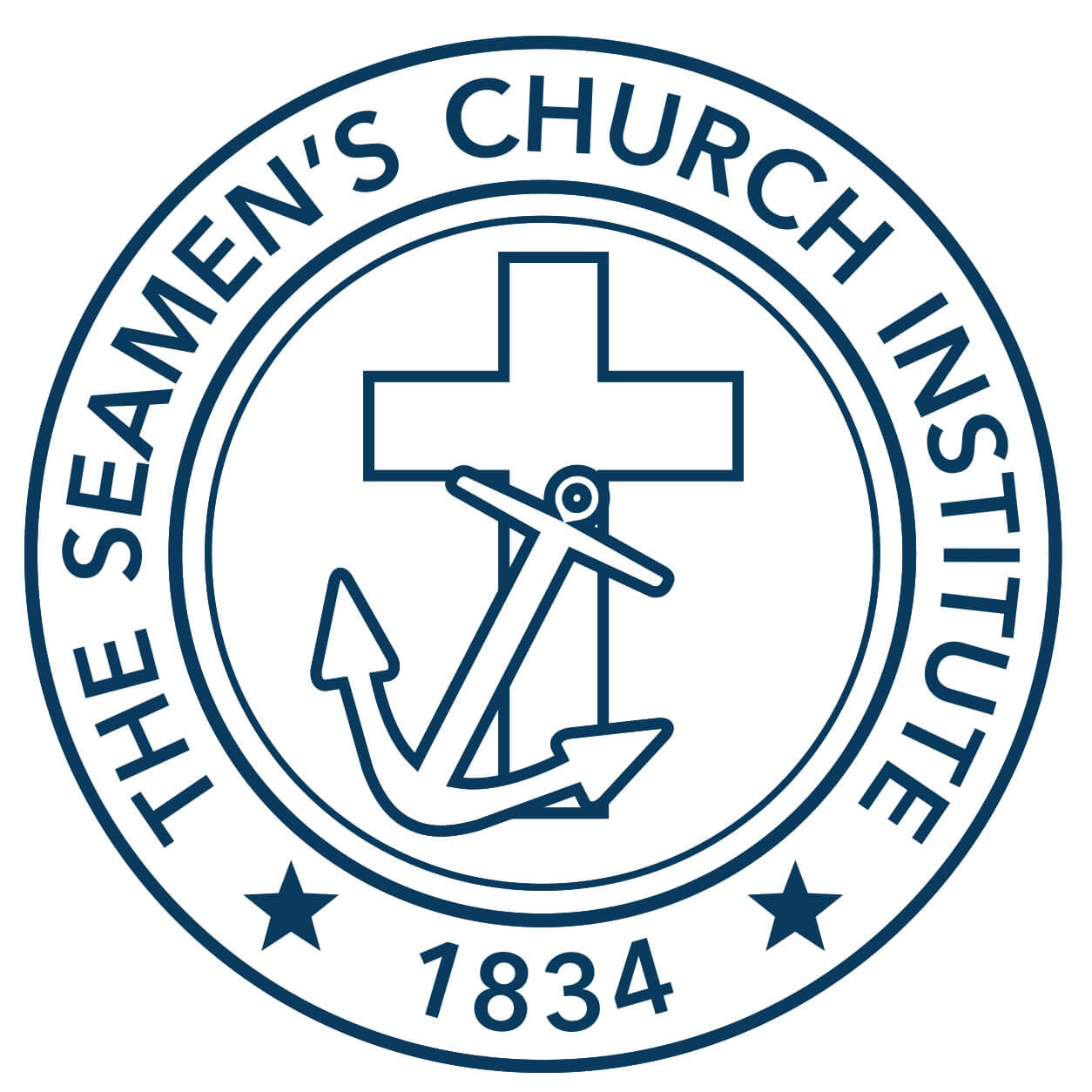EXTENDING GRACE

SCI Chaplains Expand Visits Within the Port of New York and New Jersey


The Port of New York and New Jersey, along with the surrounding maritime region, plays a crucial role in global commerce, with ships arriving and departing daily, carrying the goods we use to build our cities, create our products, and put food on our tables. Despite how important this is, the arrival of these essential items often goes unnoticed, and the people who work on these ships remain out of sight and out of mind. But at the Seamen’s Church Institute, we value seafarers, we understand the challenges and risks they face, and we are committed to connecting with as many mariners as possible who navigate this historic port.
The Seamen’s Church Institute’s Strategic Plan, 2023–2028, laid out the groundwork for our chaplaincy to support mariners in times of crisis anywhere and at any time, but it also provides guidance on expanding our boat and ship visiting efforts. Prior to the COVID-19 pandemic, SCI’s chaplains stationed at the International Seafarers’ Center (ISC) were making visits to terminals in the greater NYC metro area, but in 2020 our efforts were minimized to just Port Newark and Port Elizabeth, as chaplains and seafarers alike faced restrictions that limited visits and shore leave. Now, with restrictions lifted and a full staff of Chaplain and Chaplain Associates, SCI has renewed our expanded efforts, and we are now consistently visiting terminals within the full port system and beyond, as far north as Yonkers and as far south as Perth Amboy and Arthur Kill. “We have tried to be intentional in caring for as much of this region as possible,” notes Chaplain Bill Allport. “Given how vast the area is, and the variety of goods and products it caters to, many seafarers will have different experiences depending on the terminal in which they arrive.”
For seafarers arriving at the ports of Newark and Elizabeth, ISC provides not only a place of respite but also transportation to a local mall for shore leave, and an accessible place should they wish to call for taxis to head to the city. However, seafarers arriving at more remote terminals face distinct challenges. These terminals are sometimes difficult to access and far from shopping, restaurants, or other shore leave opportunities. When chaplains visit these terminals, they can only offer information on how to access the nearest shore leave options, which requires up-to-date knowledge of each terminal’s escort protocols in order to give accurate information. Additionally, some terminals, especially those managed by private companies, may not provide free or accessible transportation, and efforts have to be made through the Center for Mariner Advocacy to establish reporting and advocate for seafarers’ rights in this regard. Also, terminals handling bulk shipments or hazardous materials present even greater challenges, as working conditions are tougher and more dangerous, and shore leave is less accessible, particularly for crews on older ships with quick turnarounds and longer transits between ports.
Reaching out to seafarers and mariners wherever they are has always been, and continues to be, a vital mission for SCI. Expanding our efforts to connect with seafarers across the NYC metro area is a top priority. “If we don’t visit them, no one does, and the most overlooked seafarers remain uncared for,” says Chaplain Allport. “The reality of these ports is that they are driven by constant movement, but we see it as our responsibility as chaplains to recognize the humanity and worth of the people who keep the machinery running. We’re there to extend grace to these lives, to care for them and their families, and to be a tangible expression of God’s love.”

